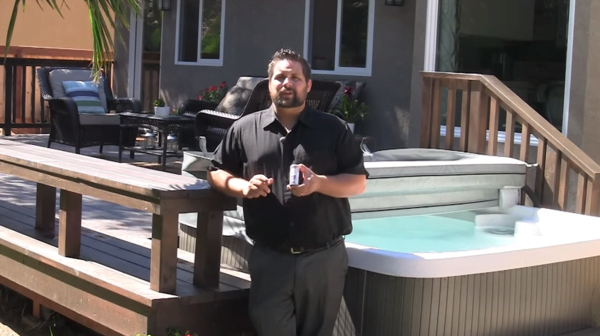This post describes the best ways to increase the ph in a hot tub and why you need to maintain your hot tub's pH level.
A hot tub is a great way to enjoy the outdoors and relax after a long day of work. However, the water in a hot tub can become too acidic over time, which can cause bacterial growth, itchy skin, and damage to hot tub parts. This article will show you how to raise the pH in a hot tub using three methods and talk about the benefits and drawbacks.
Raising the pH with Baking Soda
Many people still use baking soda to raise the pH level of their hot tubs. They're readily available and don't cause severe burns when added to the water. Baking soda has a pH value of 8.3, so you'll need a substantial amount to raise the pH using this method.
For every 100 gallons of water, you need one tablespoon of baking soda. In other words, if your hot tub holds 300 gallons, you'll need three tablespoons of baking soda. This won't make a big jump in your hot tub's pH level, and you may have to repeat the process until you get to the 7.4 to 7.6 range.

To use baking soda as a pH increaser:
- Dissolve the appropriate amount in a bucket of water and pour it into your hot tub.
- Turn on the jets for 6 hours to ensure proper absorption.
- Check the pH level using test strips and repeat the process as needed.
- Wait for at least two hours before using the hot tub.
Key Takeaways: Baking soda is the safest way to raise pH in a hot tub, but not as potent as other pH increasers. You may have to repeat the process if the pH level in your hot tub has dropped significantly.
Raising the pH Level with Soda Ash
Soda ash has a higher pH level of 11.4 compared to just 8.3 with baking soda. It can drastically increase your hot tub's pH, so you don't need to put a lot to see a significant change in the pH level.
The only downside is it will also increase the hot tub's alkalinity. Too much alkalinity reduces the effectiveness of your sanitizers, making your hot tub prone to bacterial growth and causing biofilm in your hot tub's plumbing. Use soda ash with a lot of care so you won't overshoot the ideal range for hot tubs.


The preparation and application of soda ash are essentially the same as baking soda, but you need to check if the pH level is already too low before using it. Otherwise, you'll end up using too much, adding an extra step to reduce your hot tub's alkalinity.
Key Takeaways: Soda ash is a powerful pH increaser and alkalizer. Just be wary of your alkaline levels before using soda ash. Too much alkalinity will cause sanitizers to stop working.
Raising the pH Level with Magnesium Oxide Powder
A third option is to raise your hot tub's pH without significantly increasing alkalinity - magnesium oxide. It's comparable to soda ash but without the corresponding increase in alkalinity. The problem is they're not so common, and you need to check the label for this active ingredient when buying pH increasers.


Dissolve the proper amount according to package instructions and use the jets to circulate the magnesium oxide solution. Check the pH level using test strips. Wait for around two hours before using the hot tub.
Key Takeaways: Magnesium oxide powder is an excellent choice if you want to raise your pH level fast without a significant jump in your hot tub's alkalinity.
Conclusion
There's no one-size-fits-all solution when it comes to raising the pH in your hot tub. It all depends on the situation. If your pH level has gone really low, go for soda ash or magnesium oxide. If it's just a tad below the ideal range, baking soda will do.
